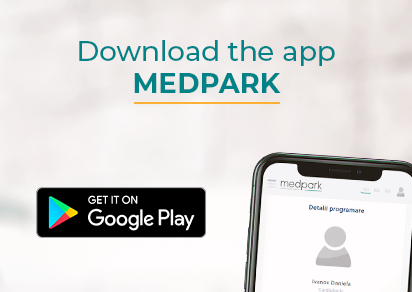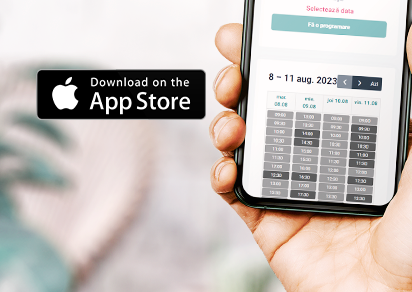Endoscopy is the examination method of hollow organs by direct visualization, using tools called endoscopes. Applied initially on hollow organs in connection with the external environment, in time the procedure extended also to hollow organs perfectly enclosed, like pleural or peritoneal cavity. The essence of any endoscopy is entering in the hollow organ with a tubular instrument equipped with its own light source and an optical system for making observations.
In endoscopic maneuvers, the medical assistance helps the practitioner. The assistant is often the first contact person of the patient and the one that gives answers to most questions.
There are more types of endoscopic procedures used for diagnosis:
- Bronchoscopy – exploring the tracheobronchial tree under direct visualization, using a device called a bronchoscope. With diagnostic purpose, bronchoscopy is performed in cases of suspicion of bronchi tuberculosis, tumors, abscesses and necrotizing lung, non tubercular hemoptysis, long period tracheobronchial irritation, congenital malformations, mediastinal trauma, some suspicion of foreign bodies, etc. The procedure is performed by direct visual observation of the bronchial mucosal secretions and allows cytological and histological sampling (biopsy). For therapeutic purpose, bronchoscopy is performed in order to release the respiratory way of abundant secretions via aspirations, for removing foreign bodies of exogenous origin and for introducing drugs into the tracheobronchial tree.
- Gastroduodenoscopy explores the state of the stomach lining under direct observation with the help of an optical instrument with its own light source, which is inserted through the esophagus into the stomach. The gastroscope projects the image of the stomach lining in the eye of the explorer through a lens system. Before beginning the procedure, the nurse prepares the gastroscope indicated by the doctor while it is in perfect sterility condition.
- Rectoscopy is the endoscopic exploration of the lower end of the digestive tract using a device called Rectoscope. The purpose of the investigation is to highlight the changes in the terminal portion of the digestive tract to a depth of 30 cm from the anus: rectum, rectal ampoule and the last part of the sigmoid colon.
- Colonoscopy – by colonoscopy the bowel mucosa is viewed throughout its length (Colonoscopy Preparation Guide).
- Cystoscopy is the endoscopic investigation method that allows inspection of the bladder mucosa using a cystoscope.



